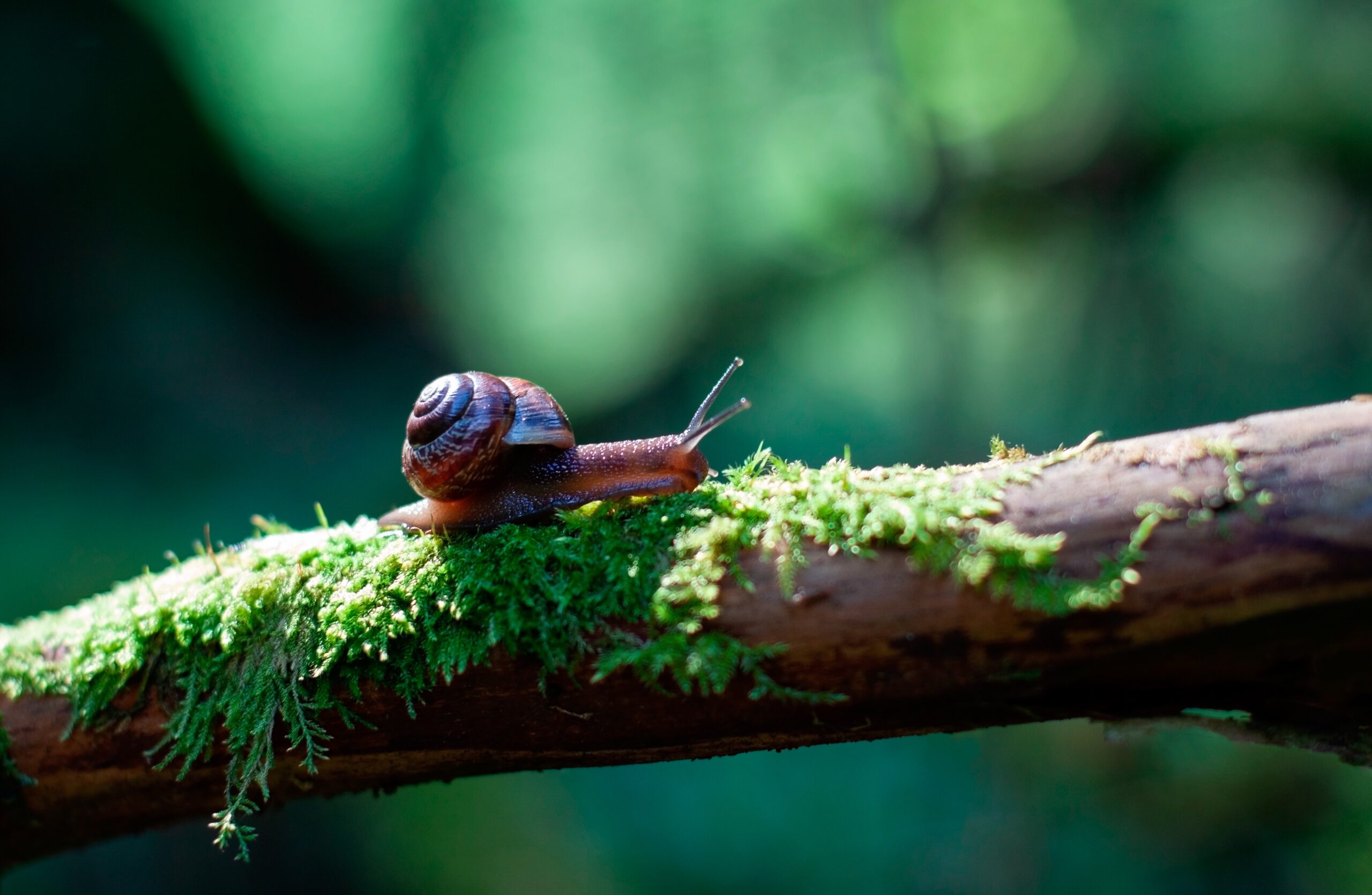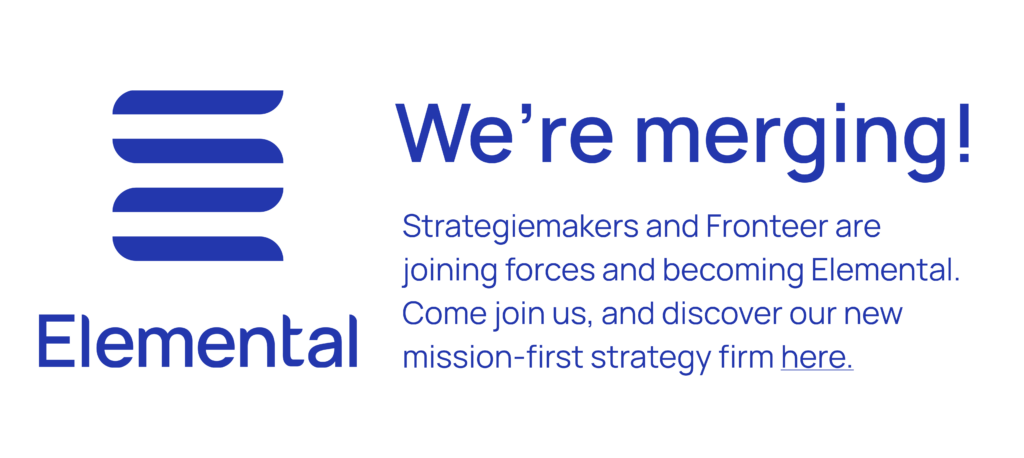During the past months we’ve experienced a series of extreme weather events in different parts of the world. From extreme rain to extreme heat and with significant consequences for local ecosystems and communities. Madagascar has been hit by famine, the first to be solely caused by climate change.
At the same time the IPCC released their 6th report. The conclusion: we have underestimated the problem and within decades we will experience the consequences. In addition, Gaya Herrington (KPMG) came to a similar conclusion after comparing the ‘Limits to Growth’ scenarios with recent data.
As a human and as an organisation you have to make choices, not only from an ethical standpoint. To have the right to exist in the future you shouldn’t be talking about ‘net-zero carbon’ around 2040, but you should be regenerative before 2040. This means: time for action. First, some of the consequences we’ll encounter and second, how to change our thinking.
What to expect
In analysing the ‘Limits to Growth’ scenarios, Gaya found that the data best matches 2 scenarios. The first scenario is a future in which pollution levels cross ecological limits and cause a crash in both economic activity and welfare. In the other scenario technology slightly softens the transition, but it cannot prevent degrowth from happening.
This is all a bit abstract, luckily Karl Mathiesen, Kalina Oroschakoff, Giovanna Coi and Arnau Busquets Guàrdia wrote a concrete vision on what Europe can expect for Politico:
- Extreme heat in which Amsterdam will feel like Lyon and Rome to be as hot as Riyadh (Saudi-Arabia) 50 years ago, with an increase in heat deaths. With airco cooling to worsen the problem.
- More frequent droughts will reduce agricultural output around the Mediterranean. Northern farmers can adjust and might even see local growth of output.
- Urban areas will be hit by floods and fires more frequently. An expected 5 million citizens will be hit annually.
- Tropic diseases will enter Europe with their carriers (e.g., Malaria, Dengue, West-Nile Fever).
- Inequality between Northern and Southern EU will grow further as heat will reduce productivity of employees around the Mediterranean.
In conclusion, our context is about to change radically. The end of growth is coming and the economic playing field will get a new rulebook. In a context of degrowth there is no room for traditional exploitation; society will demand organisations to fulfill a different role.
A new paradigm: not more(&)faster, but different
The first response to these alarming messages is: we need to do more and do it faster. This way we end up copy-pasting our growth-mindset on the climate crisis and sustainability thinking. To prepare yourself (and your organisation) for an era of degrowth and loss of welfare you need to change your thinking fundamentally:

Our economy (and economic growth) is a concept within our society. Our society exists within an ecological (planetary) context. Degrowth in the economy cannot be seen separately from loss of welfare in society and loss of ecosystems in ecology.
Therefore, in order to rebuild welfare and our economy* (*honest exchange of value between humans) we need to start building from the base: Mother nature. That’s why ‘Mother Nature as CEO’ isn’t that crazy an idea.
Putting different into practice
If we view ecology as the context in which our society and economics function, then it is vital to put our business model and value chain within the context of society and ecology. A method that fits this type of process really well (with some modifications) is ‘Vision in Product design’. This method is applied by designers to redesign products and services to provide more meaning in the context. Instead of using the product – interaction – context model, we can substitute with an economic – society – ecology model.
In this model we can zoom out from our business model to our ecological context, explore desired systems-change and design a completely new business model from there.

First, deconstruct and understand your present situation:
- The first step is to map out your business model and value chain. How does it work, where does your value come from? How do you capture this value?
- Then you zoom out and look at what role your organisation plays in society with that businessmodel. Here you will look at different elements that create welfare. The ‘Donut economy’ has a nice overview of elements to consider.
- The third step is understanding ecology. What ecosystems are you influencing with your businessmodel and the impact you have on society? How are you influencing those ecosystems and what are the consequences?
Then you will start constructing a future vision:
- How can we regenerate these ecosystems? What basic natural processes provide the foundation for recovery of natural capital?
- If nature recovers, what welfare can you create? How can natural growth lead to value for society?
- Then the final step is making it concrete for your organisation: What will be your role? What propositions will you deliver? For whom, with whom? How will you guarantee a fair business model?
In this process a qualitative approach is necessary. It’s not about how many tonnes of CO2 should be reduced or how many trees need to be planted, but to truly understand the workings of the ecosystems and societies in which you operate. If you are able to find levers, tipping points and positive-feedback loops, and build your organisation on them, society will fight to keep you around in times of degrowth.
We’re curious to hear your own thoughts and experiences. Do you want to give it a shot and change the way your organisation looks at sustainability, send a message to Pieter




Leave a Reply